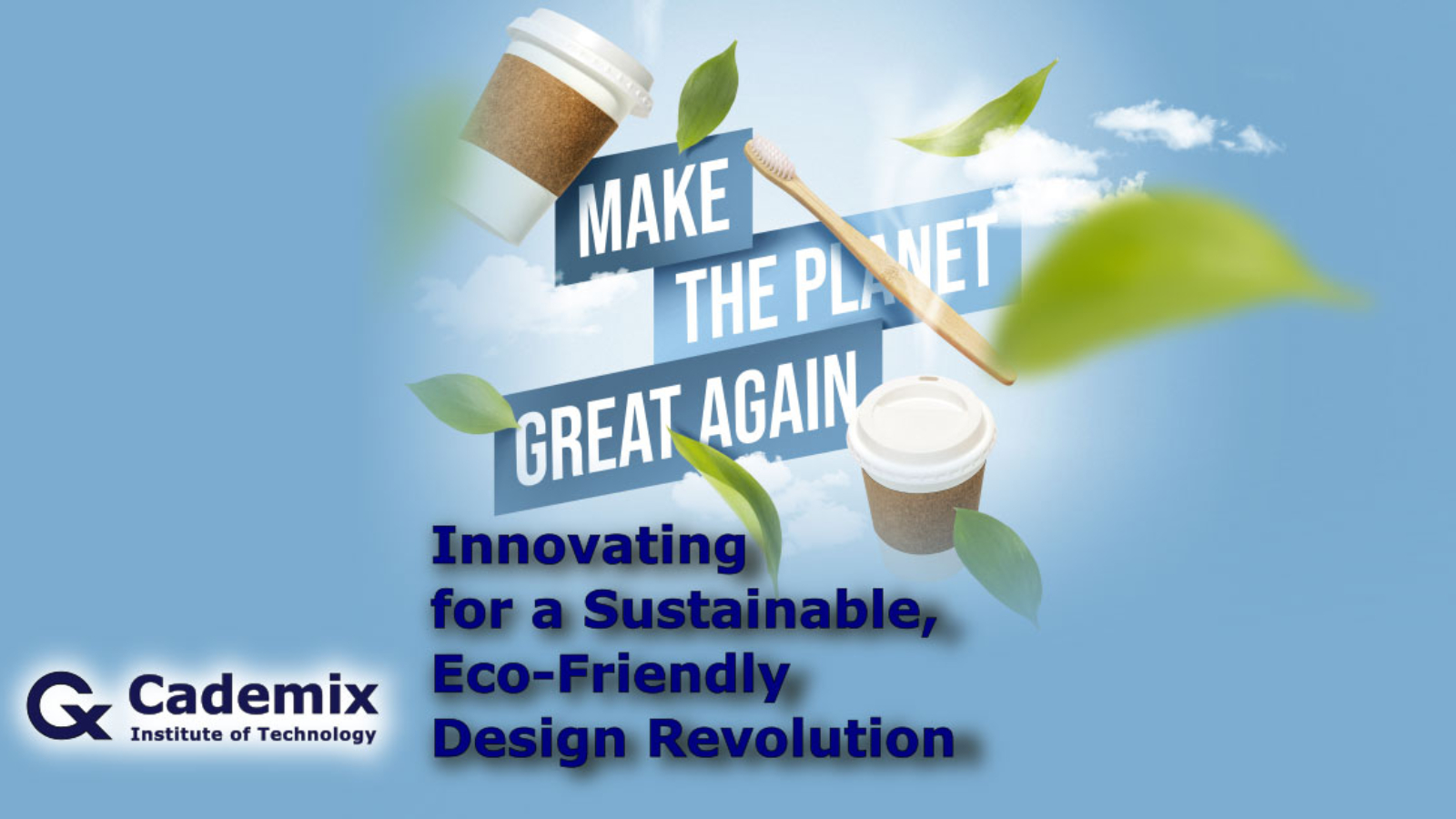In today’s world, eco-friendly design plays a critical role in promoting sustainable living and reducing our impact on the environment. This article explores how innovation is driving a sustainable, eco-friendly design revolution, focusing on the importance of sustainability, the role of innovation, and the goals of future design. It delves into the key elements of eco-friendly or green design, from material selection to energy efficiency, and discusses how to implement these principles through green marketing and collaboration. Finally, the article looks ahead to the future of eco-design, touching on emerging trends and the need for education to further drive sustainable practices. Join us as we embark on a journey to create a greener, more sustainable future through green design.
By Samareh Ghaem Maghami and Javad Zarbakhsh, Cademix Institute of Technology
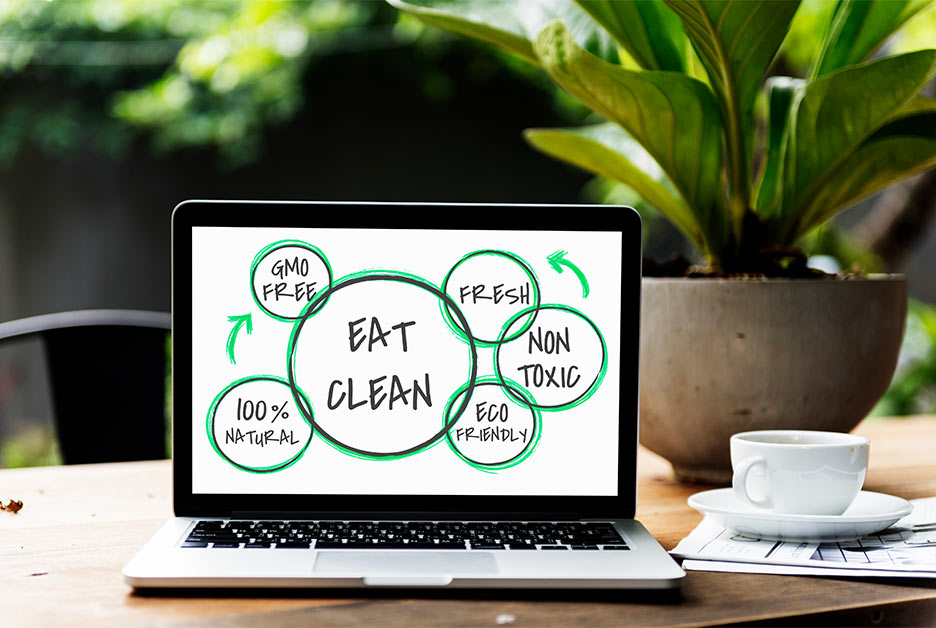
Introduction to Eco-Friendly Design
The Importance of Sustainability
Sustainability is vital for our planet’s future. It means meeting our current needs without harming the environment or depleting resources for future generations. Eco-friendly design plays a key role in achieving sustainability. By using materials and processes that minimize environmental impact, we can create products that are both good for consumers and the planet. This approach helps reduce waste, conserve energy, and decrease harmful emissions, all while supporting a healthier environment.
The Role of Innovation
Innovation is the driving force behind the eco-design revolution. It allows us to find new ways to create products that are more sustainable and less harmful to the environment. Innovative technologies and methods can help us make better choices in material selection, energy use, and waste reduction. As a result, we can develop future eco-designs that not only benefit the planet but also attract environmentally-conscious consumers, boosting businesses’ bottom lines.
Goals of Eco-Friendly Design
The eco-friendly design aims to minimize environmental impact while meeting consumer needs. Some key goals include:
- Resource conservation: Using fewer raw materials and reducing waste.
- Energy efficiency: Creating products that require less energy to produce, use, and dispose of.
- Durability and longevity: Designing products that last longer, reducing the need for frequent replacements.
- Minimal environmental impact: Ensuring the design process and end product cause as little harm to the environment as possible.
By achieving these goals, the eco-friendly design contributes to a sustainable future for our planet and its inhabitants.
Elements of Eco-Friendly Design
Material Selection and Sourcing
Choosing the right materials is crucial for eco-friendly design. Designers should opt for materials that are renewable, recycled or have a low environmental impact. Sourcing materials locally can also reduce transportation emissions and support local economies. When selecting materials, consider their life cycle, including how they are produced, used, and disposed of, to ensure a minimal environmental footprint.
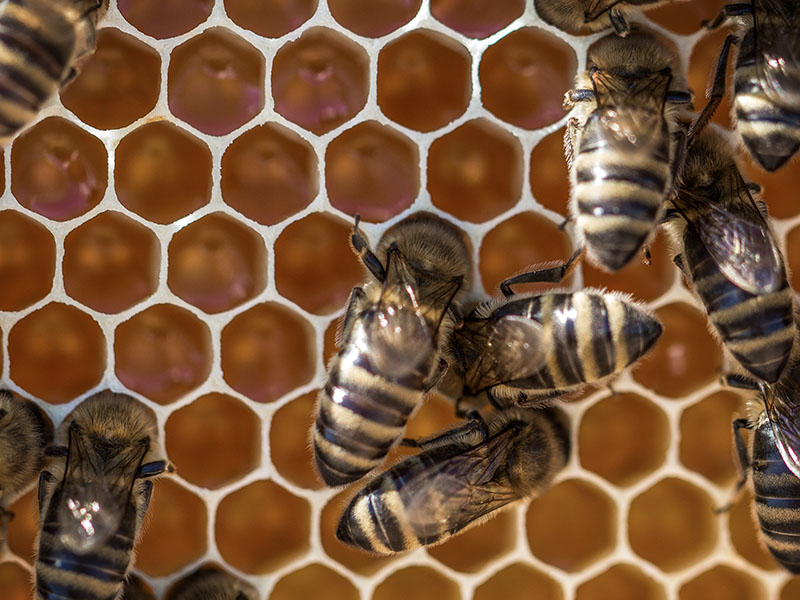
Energy Efficiency and Conservation
Energy efficiency is a key element of eco-friendly design. Designers should aim to create products that consume less energy during production, use, and disposal. This can be achieved by optimizing manufacturing processes, incorporating energy-saving features, and using renewable energy sources. Energy conservation not only reduces environmental impact but also helps consumers save money on energy bills.
Waste Reduction and Recycling
Reducing waste is essential for ecological and green design. Designers can achieve this by creating products that use fewer materials and generate less waste during production. They should also consider how products can be easily disassembled for recycling or repurposing at the end of their life. Encouraging consumers to recycle or repurpose products helps reduce landfill waste and promotes a circular economy.
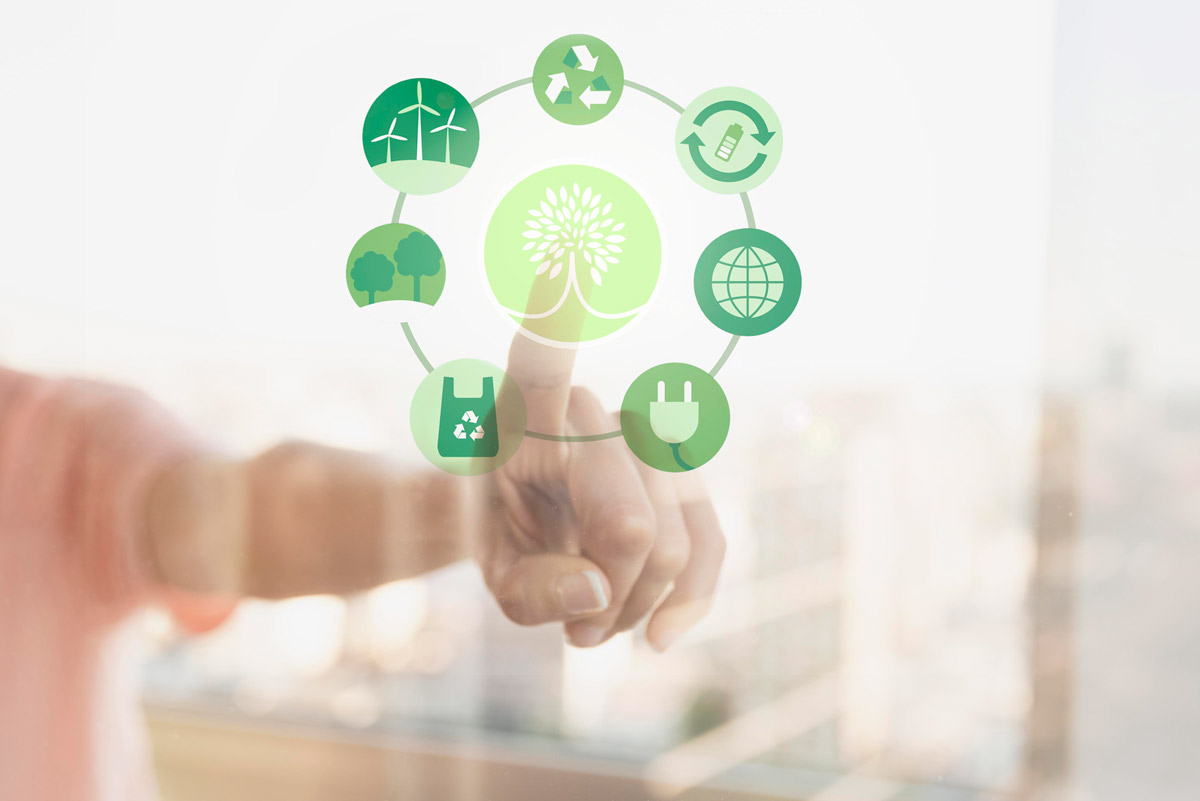
Longevity and Durability
Eco-friendly design should focus on creating products that are durable and long-lasting. Products with a longer lifespan require fewer replacements, which means less waste and reduced resource consumption. Designers can ensure longevity by selecting high-quality materials, using sturdy construction methods, and making products easy to repair or upgrade. This approach not only benefits the environment but also offers consumers better value for their money.
Implementing Eco-Friendly Design Principles
Green Marketing and Promotion
Green marketing is the practice of promoting products or services based on their environmental benefits. It plays a crucial role in raising awareness about eco-friendly or green design and encouraging consumers to choose sustainable products. Companies can emphasize the eco-friendly aspects of their products, such as reduced energy consumption, recycled materials, or minimal waste generation. By highlighting these features, businesses can attract environmentally-conscious consumers and build a positive brand image.
In addition to promoting ecologically friendly design features, companies should ensure their marketing practices are environmentally responsible. This includes using recycled materials for packaging and promotional materials, reducing paper waste, and opting for digital marketing channels instead of traditional print media. By adopting sustainable marketing practices, businesses can demonstrate their commitment to the environment and reinforce their eco-friendly and green design ethos.
Collaborative Innovation Management
Collaborative innovation management involves working together with various stakeholders, such as suppliers, customers, and other industry professionals, to develop eco-friendly design solutions. This collaborative approach encourages the sharing of ideas, resources, and expertise, which can lead to more effective and sustainable design outcomes. Engaging with a diverse range of stakeholders can also help identify new opportunities for innovation, leading to the development of groundbreaking eco-friendly design solutions.
One example of collaborative innovation is the concept of open innovation, where companies share ideas and resources with external partners to develop new products or technologies. By embracing open innovation, businesses can access a wider pool of expertise and ideas, accelerating the adoption of eco-friendly design principles and fostering a more sustainable future.
ISO 14040 and Environmental Management
ISO 14040 is an international standard that provides guidelines for conducting life cycle assessments (LCAs) of products and services. It helps businesses evaluate the environmental impact of their products throughout their entire life cycle, from raw material extraction to disposal. Implementing ISO 14040 can help companies identify areas where they can improve their eco-friendly and green design efforts, reduce their environmental footprint, and make informed decisions about materials, processes, and suppliers.
By adhering to ISO 14040 standards, companies can demonstrate their commitment to eco-friendly design and environmental management. This can boost their reputation among consumers, investors, and regulators, leading to increased market share and competitive advantage. Ultimately, the adoption of ISO 14040 can help drive innovation in eco-friendly design and contribute to a more sustainable future for all.
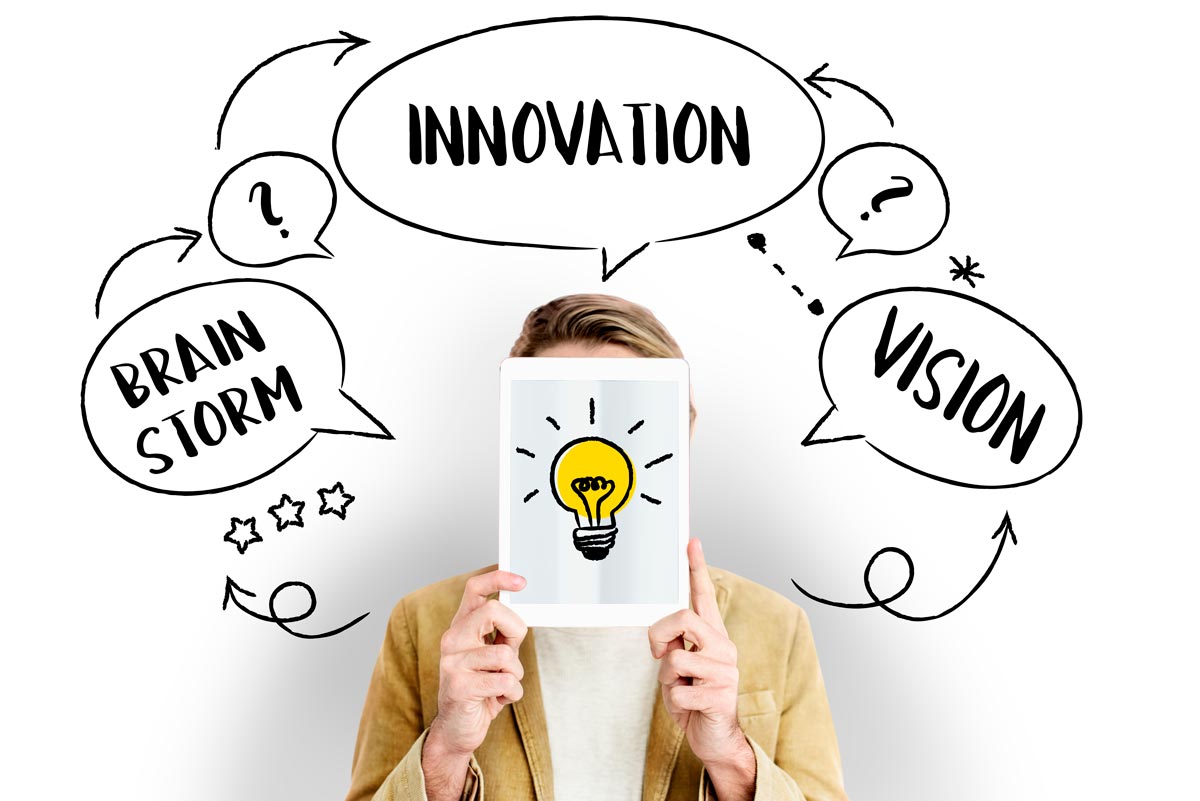
The Future of Eco-Friendly Design
Emerging Technologies and Trends for Eco-Friendly Design
As technology advances, new opportunities for eco-friendly design emerge. Innovations like renewable energy, biodegradable materials, and energy-efficient manufacturing processes are transforming the way products are designed, produced, and consumed. These advancements allow for more sustainable practices and help reduce the environmental impact of the products we use daily.
Staying informed about the latest trends and technologies in eco-design is essential for businesses and designers alike. By embracing these innovations and integrating them into their practices, companies can stay ahead of the competition and contribute to a more sustainable future.
Government Regulations and Incentives
Government policies play a crucial role in shaping the future of eco-friendly design. Regulations and incentives can encourage businesses to adopt sustainable practices, invest in green technologies, and prioritize eco-friendly or green design. Examples of such policies include tax breaks, subsidies, and grants for companies that invest in green initiatives or adopt environmentally-friendly practices.
As more governments recognize the importance of sustainability, we can expect to see increased support for eco-design and a greater emphasis on creating a sustainable future for all. Businesses that adapt to these changing regulations and take advantage of available incentives will be well-positioned for success in the green economy.
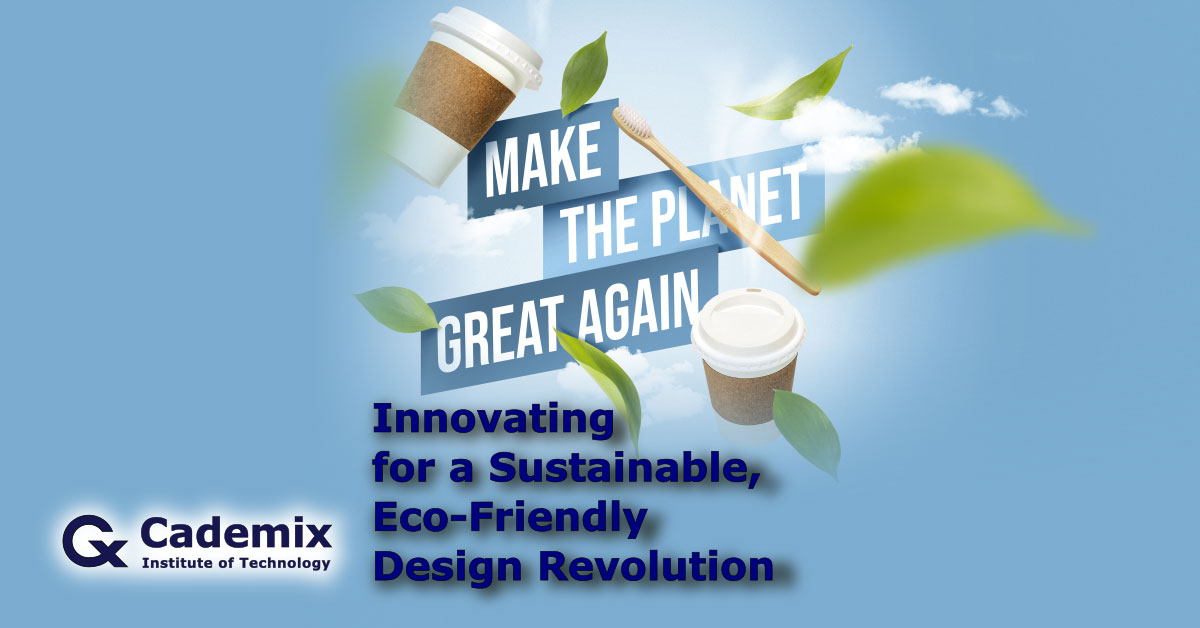
Educating Consumers and Designers
Education is key to driving the eco-friendly design revolution. By informing consumers about the benefits of sustainable products, we can encourage them to make more environmentally-conscious choices. This can lead to increased demand for eco-design, encouraging businesses to invest in sustainable practices.
Designers also play a critical role in shaping the future of design. By learning about the latest sustainable materials, processes, and technologies, designers can create innovative products that have a minimal environmental impact. Educational initiatives, such as workshops, seminars, and online courses, can help equip designers with the necessary skills to lead the eco-friendly design revolution.
In conclusion, the future of eco-design relies on innovation, collaboration, and education. By embracing new technologies, working together, and staying informed, we can create a more sustainable future for our planet.
If you are interested in learning more about eco-friendly design or discussing this topic further, please do not hesitate to contact the authors or the Cademix president. We offer a free consultation session and can help job seekers and students find personalized internships and projects within our acceleration program, the Cademix Career Autopilot. Together, let’s drive the eco-friendly design revolution and create a better world for future generations.

